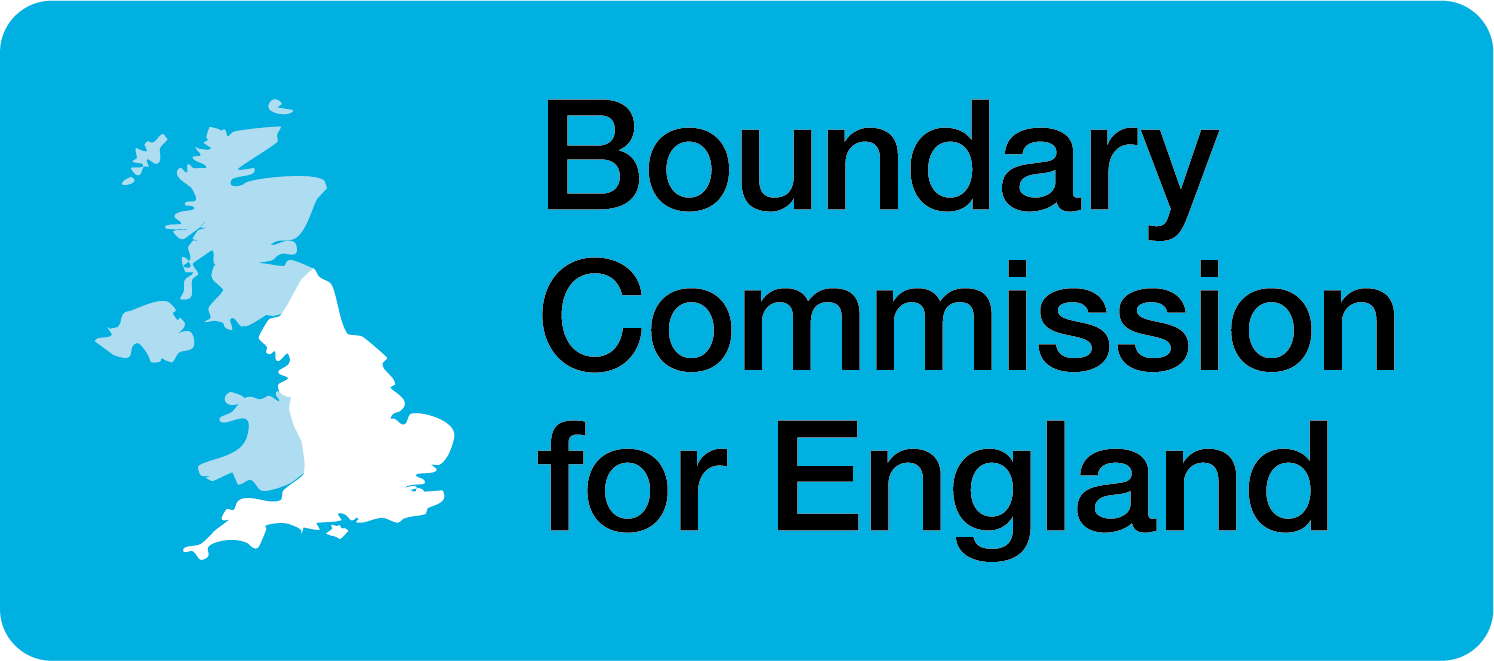Summary
Who we are and what we do – ‘The 2023 Review’ 1
1 Further details about the BCE and 2023 Review are published on our website: https://boundarycommissionforengland.independent.gov.uk/
The Boundary Commission for England (BCE) is an independent and impartial non‑departmental public body, which is responsible for periodically reviewing Parliamentary constituency boundaries in England. We are currently conducting a review on the basis of legal rules most recently updated by Parliament in 2020, which will conclude with a final report and recommendations from us by 1 July 2023. The rules require there to still be 650 constituencies across the UK, but more equally distributed across the four parts of the UK, which will see the number of constituencies in England increase to 543. Each (apart from five ‘protected’ constituencies) must also contain a number of electors that is no smaller than 69,724 and no larger than 77,062 (as at the fixed date of 2 March 2020). We published our initial proposals for the new Parliamentary constituency boundaries in England on 8 June 2021 and there have been two rounds of statutory consultation relating to those to which we received over 45,000 responses. We have considered all of the comments received and taken them into account in developing our revised proposals, which we are now publishing for final consultation. For each region, a full report sets out a summary of the responses received to previous consultation on our initial proposals, our analysis of those, and the conclusions we have reached as to how the proposals should be revised as a result. The Appendix to each report contains details of the composition of each constituency we are now proposing, and maps to illustrate these can be viewed on our website or in hard copy at a local place of deposit.2
Back to topWhat are the revised proposals for the South West region?
We have revised the composition of 25 of the 58 constituencies we proposed in June 2021, and maintained our initial proposals for the remainder. We have revised the name of 11 of our initially proposed constituencies. Our revised proposals would leave one existing constituency in the South West region wholly unchanged, and 11 unchanged except to realign constituency boundaries with local government ward boundaries.3
As it is not always possible to allocate whole numbers of constituencies to individual counties and unitary authorities, we sometimes group these into sub-regions, meaning some constituencies cross unitary authority and county boundaries. After consideration of the responses to the sub-regions in our initial proposals, our revised proposals are based on unchanged sub-regions, as follows: ‘Avon’,4 Somerset and Devon5 (allocated 30 constituencies); Cornwall6 (allocated six constituencies); Dorset7 (allocated eight constituencies); and Gloucestershire and Wiltshire8 (allocated 14 constituencies). In Avon, Somerset and Devon we have made minor revisions to proposed constituencies covering Exeter and East Devon, and retained our proposal to split the City of Plymouth ward of Peverell. We have made minor changes to the Taunton, and Tiverton and Minehead proposed constituencies. We have retained the composition of all the initially proposed constituencies in the Avon area, but propose to revise the name of one – to North East Somerset and Hanham. In Cornwall, we have made minor revisions to four of the proposed constituencies: North Cornwall; St Austell and Newquay; Truro and Falmouth; and Camborne and Redruth. In Dorset, we have retained the composition of all our initially proposed constituencies, but restored the name of one constituency: Mid Dorset and North Poole. In Gloucestershire and Wiltshire, we have made revisions to all our initially proposed constituencies, apart from Cheltenham, Forest of Dean and Swindon North. We have proposed to split the Borough of Swindon ward of Chiseldon and Lawn, between the Swindon South and East Wiltshire constituencies, which would enable a sequence of revisions to proposed constituencies across much of Wiltshire and into Gloucestershire.
Back to topHow to have your say
We are consulting on our revised proposals for a four-week period, from 8 November 2022 to 5 December 2022. We encourage everyone to use this final opportunity to contribute to the design of the new constituencies – the more views we hear, the more informed our decisions will be when we make our final recommendations and report to Parliament. Our consultation portal at www.bcereviews.org.uk has more information about our revised proposals and how to give us your views. You can also follow us on Twitter @BCEReviews or at facebook.com/BCEReviews.
Back to top2 A list of places of deposit is published on our website (as above).
3 Where the Order to make such wards was made by 1 December 2020.
4 Council areas of Bath and North East Somerset, Bristol, North Somerset and South Gloucestershire, hereafter referred to together as Avon.
5 Council areas of Devon, Plymouth and Torbay, hereafter referred to together as Devon.
6 Council areas of Cornwall and the Isles of Scilly, hereafter referred to together as Cornwall.
7 Council areas of Bournemouth, Christchurch and Poole, and Dorset, hereafter referred to together as Dorset.
8 Council areas of Swindon and Wiltshire, hereafter referred to together as Wiltshire.
